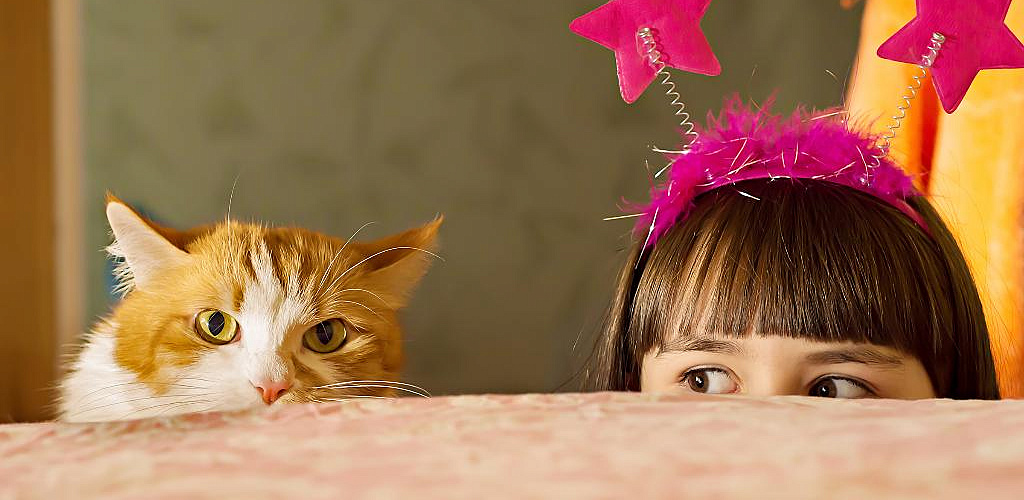How to make friends with a cat and houseplants

Don't sacrifice plants to animals! If the cat disliked &40; or really loved &41; your flowers and pots, try to understand her. And re-educate.
Cat nibbles flowers
Missing half of the leaves on your favorite plant is a shame. But do not rush to scold the cat! She does this not out of harmfulness, but for one of the following reasons:
Lack of trace elements
A cat cannot tell you that there are not enough vitamins in its food, but it tries to get them from plants. Some animals also chew leaves to quench their thirst.
The need for purification
Many plants act on the cat's stomach as a stimulant of vomiting. This allows the pet to get rid of lumps of wool and parasites.
Boredom and the need for movement
If the cat is often alone, she can "designate" the plant as her play partner or coveted prey. And leaves rustling in the wind or hanging shoots make even not the most active pets jump off the sofa.
Alarm
Maybe the cat is not interested in the greenery itself. The need to constantly chew something can be a sign of stress. In some cases, excessive licking and constant meowing are added to it.
What to do. Check if there is in the house plants dangerous for cats . If the pet has already tried any of them, contact a veterinary specialist immediately. The doctor will also help to find out the reason why the cat started eating plants, and give recommendations — for example, to introduce vitamins into the diet or to choose a balanced feed. If you don't want to deprive your pet of the opportunity to crunch, organize her own "plantation". In pet stores, you can find sets of seeds of wheat, oats, rye and other herbs — most likely, they will interest the cat more than flowers. To scare the animal away from a particular plant, spray the leaves with citrus water (squeeze a lemon or orange into a bottle).
Cat digs pots
It happens that a pet is not interested in plants at all — but as a result of "digging" there are no tops or roots left from them. Here are the tasks a cat can solve with the help of the earth:
Satisfy instincts
Wild cats dig the ground when hiding prey or marking territory. Such desires periodically attack pets — do not be surprised if you find something delicious in the pot.
Get Minerals
Some cats are able to eat a tablespoon of soil in one approach — but there is nothing good about it. This is how animals try to make up for the deficiency of potassium, calcium, phosphorus and sodium.
Play
Outside, a cat can dig a hole to play, and pots are quite suitable for this purpose at home. If the pet also smelled the smell of some bug - be hunting.
What to do. Visit a veterinarian, pick up a balanced feed and provide the cat with physical activity. Stones, shells or tree bark can be poured into pots on top of the ground, and circles with holes for flowers can be cut out of foam or plywood. Citrus crusts placed in a pot will also help, but they will have to be updated regularly.
Cat confuses pot and tray
Perhaps this feline habit does not harm plants — but it certainly does not please the owners. That's why a pet can relieve itself in the shade of flowers:
Associations
The soil for plants itself resembles cat litter, besides it is convenient to bury "production waste" in it. If the kitten appreciates such natural conditions, it will be much more difficult to accustom it to the tray.
Inconvenience
The tray you choose may not fit the cat in size or be in a place that she would like to avoid, for example, next to a noisy washing machine.
Cleanliness
Yes, yes, a cat can relieve itself next to flowers for this very reason. As soon as you find her at the crime scene, check if the tray was clean enough?
What to do. If the cat has ever used a flower pot instead of a tray, it will have to completely replace the soil — otherwise the pet will return to the smell. Make sure that the tray is in a suitable place and is cleaned regularly. If the cat avoids it even in a perfectly clean form, try another filler or replace the tray.
Take care of your pets — both green and fluffy!